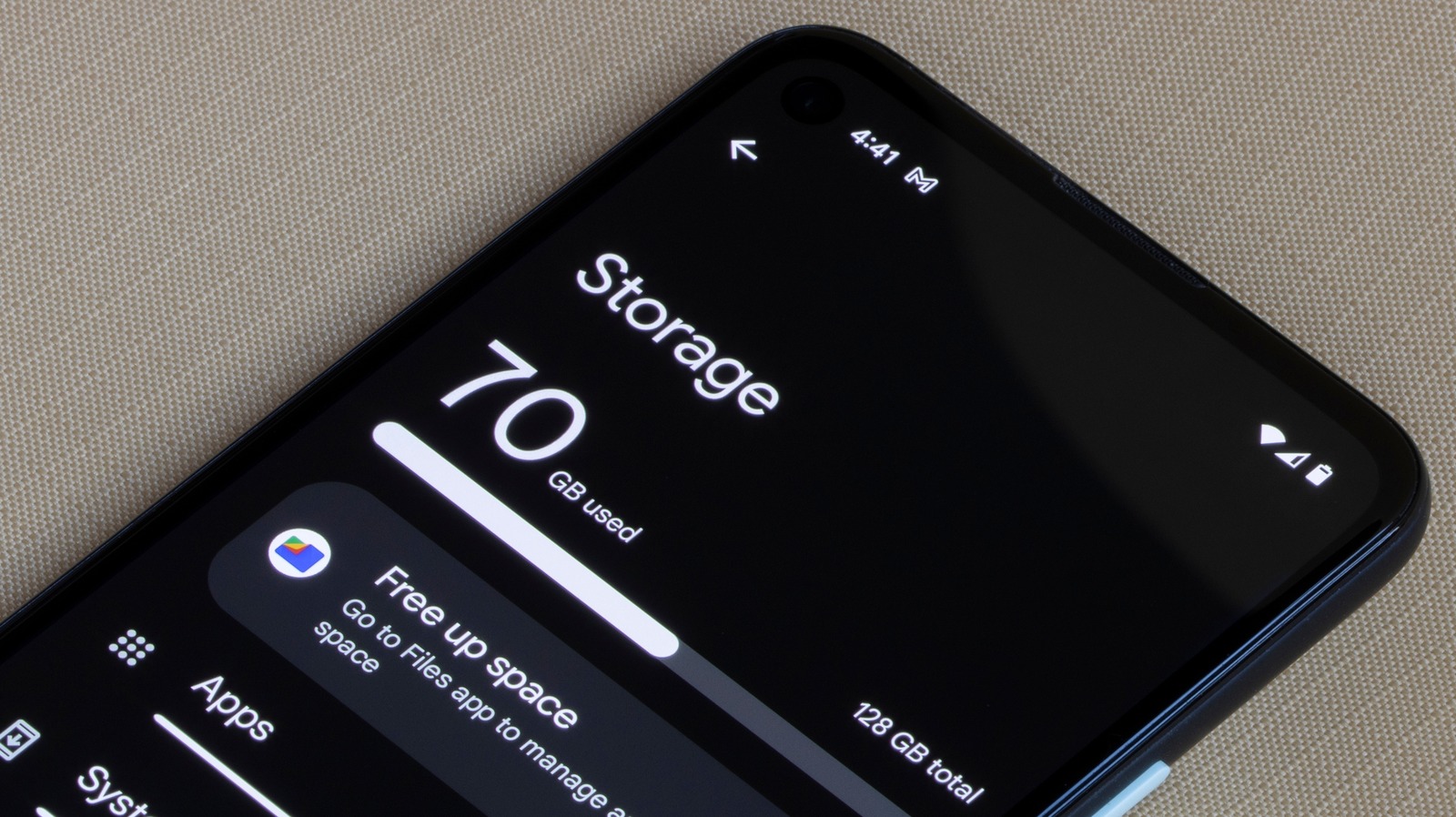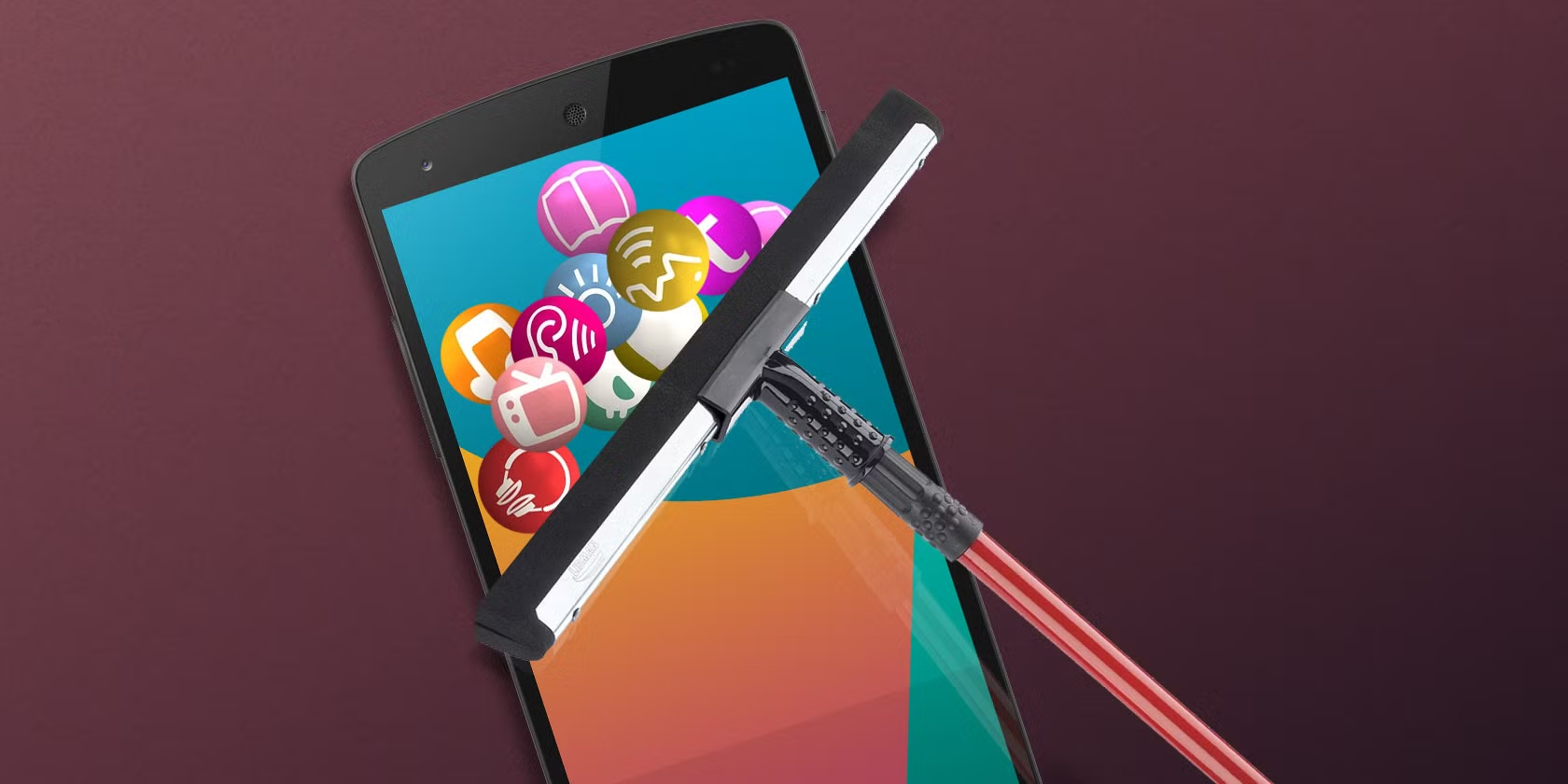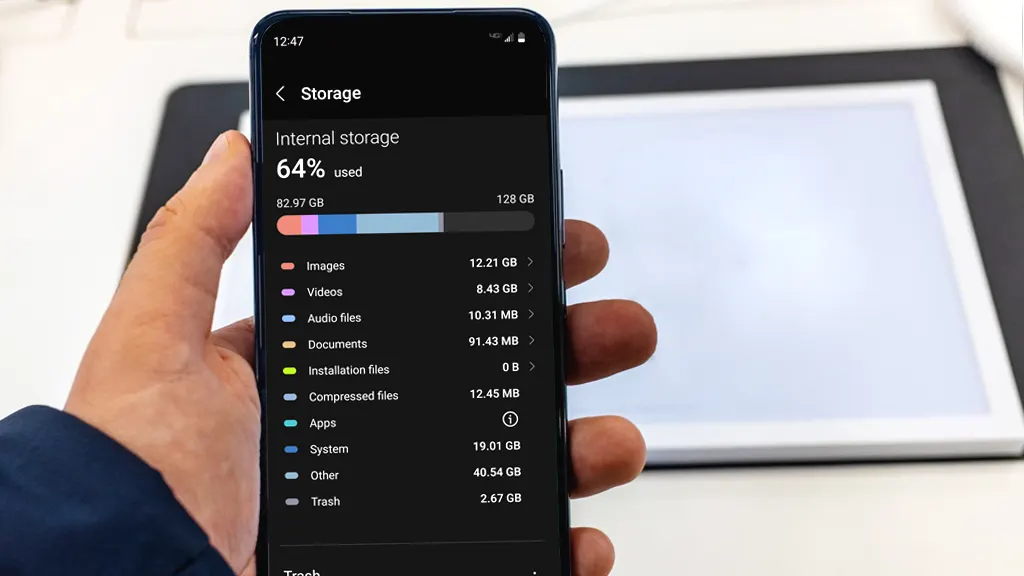Transform your cluttered smartphone into a storage powerhouse with proven methods that work for both Android and iPhone users
Running out of storage space on your phone is one of the most frustrating experiences in our digital age. That dreaded “storage full” notification appears at the worst possible moments – when you’re trying to capture a perfect photo, download an important app, or update your device. Your phone starts slowing down, apps crash unexpectedly, and you find yourself constantly juggling what to keep and what to delete.
The good news is that freeing up storage space doesn’t require technical expertise or expensive solutions. Whether you’re using an Android device or an iPhone, there are numerous effective strategies to reclaim valuable gigabytes without losing important data. From clearing hidden cache files to optimizing photo storage, managing app data, and utilizing cloud services, this comprehensive guide will walk you through every method available.
Modern smartphones come with increasingly larger storage capacities, but our digital consumption habits have grown even faster. High-resolution photos, 4K videos, music streaming downloads, social media apps, and games can quickly consume available space. The average smartphone user accumulates thousands of photos, dozens of unused apps, and gigabytes of cached data without realizing it.
This provides actionable solutions for both immediate storage relief and long-term storage management. You’ll learn how to identify storage hogs, implement automated cleanup systems, and develop habits that prevent future storage crises. Let’s transform your phone from a cluttered digital mess into an efficiently organized device.
Understanding Your Storage Usage

Before going into cleanup methods, you need to understand where your storage is actually going. Both Android and iPhone devices provide detailed storage breakdowns that reveal exactly what’s consuming your precious space.
For Android Users
Navigate to Settings > Storage to access your storage overview. Samsung users should go to Settings > Battery and device care > Storage. This screen displays total storage capacity, available space, and a breakdown by category, including apps, photos, videos, audio files, and system data. Many Android phones feature a “Free up space” button that provides immediate recommendations.
For iPhone Users
Access your storage information through Settings > General > iPhone Storage. Apple’s interface shows storage usage by app, often including helpful recommendations like “Review Large Attachments” or “Offload Unused Apps.” This built-in intelligence can immediately identify quick wins for storage recovery.
Understanding these metrics helps prioritize your cleanup efforts. Photos and videos typically consume the most space, followed by apps and their associated data.
Clearing Cache and Temporary Files
Cache files are temporary data stored by apps to improve performance, but they accumulate over time and can consume significant storage space without providing ongoing value.
Android Cache Clearing
Android devices offer multiple cache clearing options. Access Settings > Storage > Cached data to clear system-wide cache. For individual apps, go to Settings > Apps > [App Name] > Storage > Clear Cache. The Files app also includes a “Clean” feature that suggests unnecessary files for deletion.
Browser cache represents another major storage consumer. In Chrome, tap the three dots menu > History > Clear browsing data. Select “Basic” cleaning for quick results, or “Advanced” for comprehensive cleanup including cookies and site data.
System Optimization Tools
Samsung devices include built-in optimization through Battery and device care > Optimize now. This feature clears background app caches and optimizes RAM usage, though effects are temporary and require regular repetition.
Managing Photos and Videos Effectively

Photos and videos often represent the largest storage category on smartphones, with average photos consuming 5MB each. Effective photo management requires both immediate cleanup and ongoing organization strategies.
Immediate Photo Cleanup
Review your photo gallery systematically, deleting screenshots, duplicate images, blurry photos, and unnecessary food pictures. Focus on removing photos you’ve already shared on social media, old tickets or receipts you’ve photographed, and accidental captures.
Cloud Storage Integration
Google Photos users can leverage the “Free up space” feature. Open Google Photos, tap your profile icon, select “Free up space,” and follow instructions. This removes locally stored copies while maintaining cloud backups, effectively doubling your available storage without data loss.
For iPhone users, iCloud Photos provides similar functionality. Enable iCloud Photos in Settings > Photos, then choose “Optimize iPhone Storage” to store full-resolution photos in iCloud while keeping smaller versions locally.
Video Management
Videos consume exponentially more space than photos. Review your video library and delete unnecessary recordings, especially lengthy videos you’re unlikely to watch again. Consider uploading important videos to cloud storage before deleting local copies.
App Management and Optimization
Apps and their associated data often consume more storage than users realize, making app management crucial for storage optimization.
Identifying Storage-Heavy Apps
Both Android and iPhone storage settings list apps by storage consumption. Focus on apps using multiple gigabytes, especially those you rarely use. Social media apps, games, and streaming services typically top these lists.
Uninstalling vs. Offloading
For apps you might use again, consider offloading instead of complete uninstallation. iPhone’s “Offload App” feature removes the app while preserving documents and data, allowing quick reinstallation without data loss. Android users can disable apps instead of uninstalling them.
App Data Management
Many apps accumulate data over time through downloads, offline content, and user-generated files. Streaming apps like Netflix or Spotify may store downloaded content you’ve forgotten about. Social media apps cache images and videos from your feeds. Review each app’s storage usage and clear unnecessary data.
Specialized Cleanup Strategies

WhatsApp Storage Management
WhatsApp can consume gigabytes through media sharing and message history. Access WhatsApp Settings > Storage and data > Manage storage to review and delete large files, forwarded media, and old attachments. Sort by size to identify the biggest storage consumers first.
Downloads Folder Cleanup
The Downloads folder often contains forgotten files from web browsing, email attachments, and app installations. Review this folder regularly and delete unnecessary documents, APK files, and temporary downloads.
Recycle Bin Management
Many Android devices include recycle bins that store deleted files temporarily. Empty these bins to permanently remove deleted content and reclaim storage space. Access through Settings > Storage > Recycle bin.
Advanced Storage Solutions
External Storage Options
Android devices with SD card slots can expand storage capacity significantly. Transfer photos, videos, and less-frequently used apps to external storage. This provides immediate relief while maintaining access to your content.
Factory Reset Considerations
When other methods fail, factory reset provides complete storage restoration. However, this nuclear option requires comprehensive data backup and complete device reconfiguration. Consider this only for severely compromised devices.
Third-Party Optimization Tools
Various apps like GOM Saver can compress images and videos without significant quality loss. These tools provide automated optimization but require careful evaluation to avoid data loss or privacy concerns.
Maintaining Long-Term Storage Health
Regular Maintenance Schedules
Implement monthly storage reviews to prevent future crises. Set calendar reminders to clear cache, review photos, and uninstall unused apps. Proactive maintenance prevents storage emergencies.
Cloud Storage Strategies
Develop comprehensive cloud storage habits using services like Google Drive, iCloud, or Dropbox. Automatically backup photos and important documents while maintaining local access to frequently used content.
Smart Download Management
Configure apps to avoid automatic downloads of large content. Disable auto-download features in social media apps, streaming services, and messaging platforms unless specifically needed.
Storage management is an ongoing process rather than a one-time fix. By implementing these strategies systematically and maintaining regular cleanup habits, you can ensure your smartphone remains responsive and capable of handling your digital lifestyle without constant storage anxiety.




